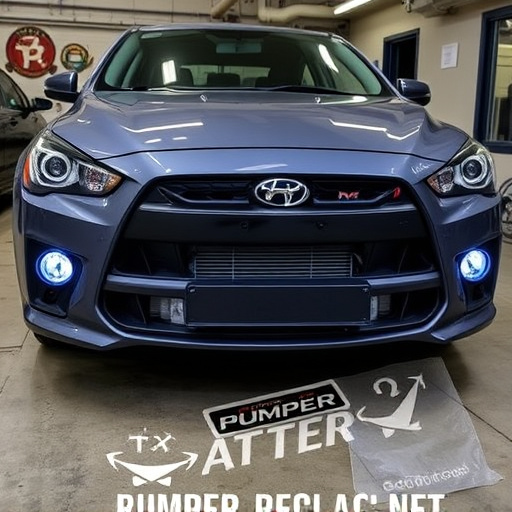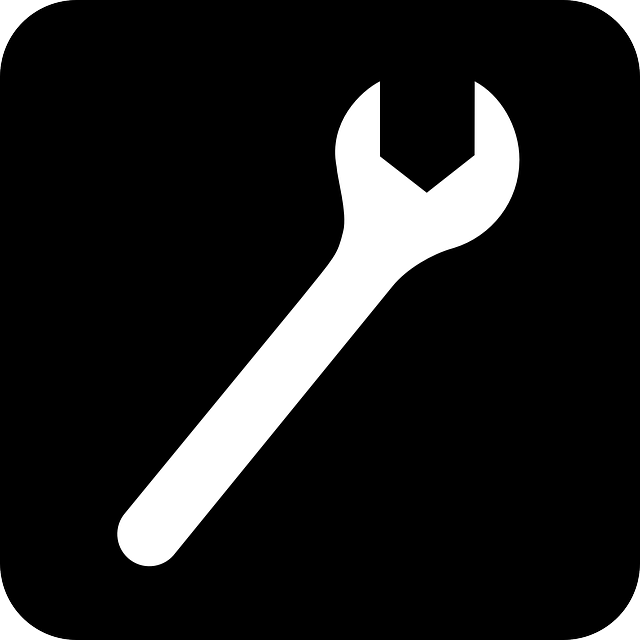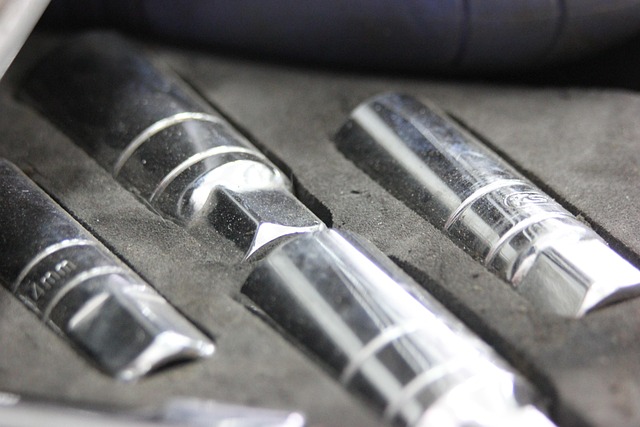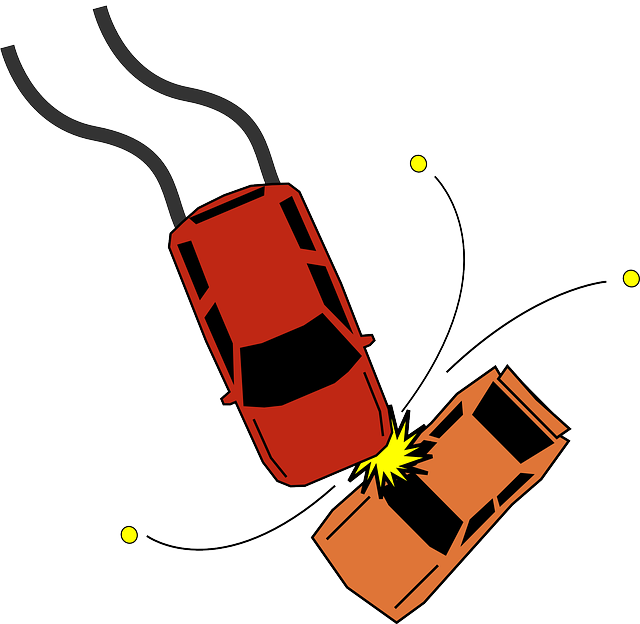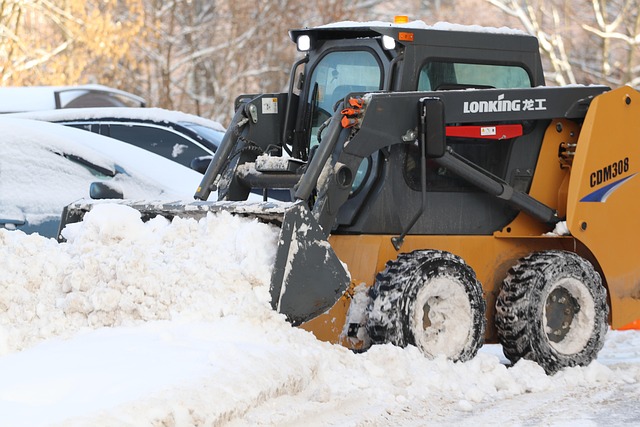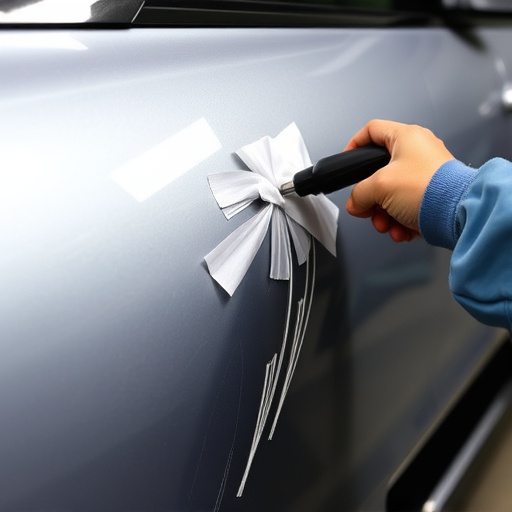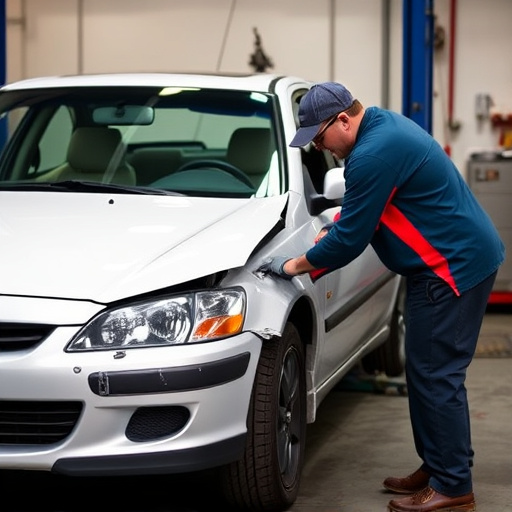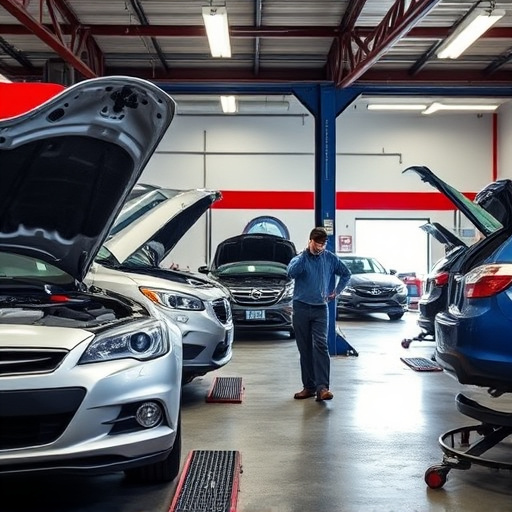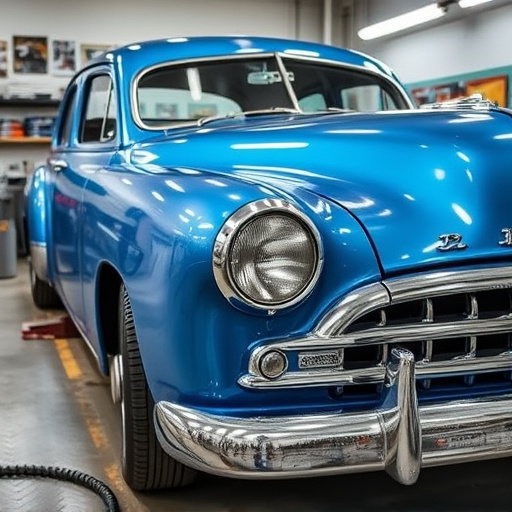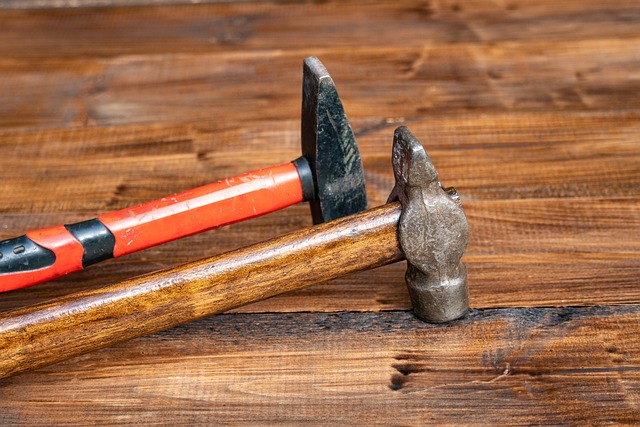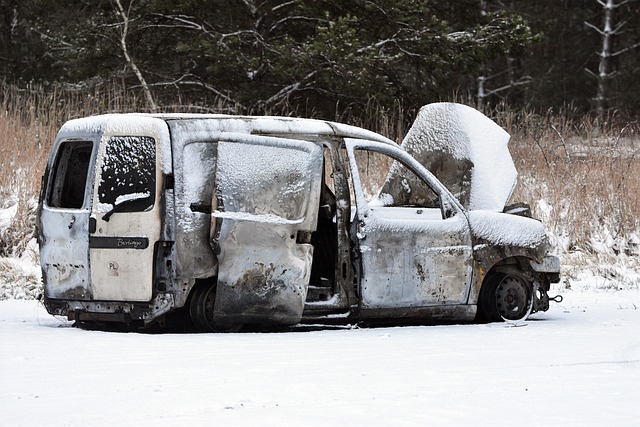Collision repair technicians navigate a dynamic landscape driven by advanced vehicle technology, stringent safety standards, and customer expectations for quick, high-quality repairs. They require specialized skills in areas like CAD, robotic welding, and advanced painting to meet modern vehicle complexness and industry trends. Continuous upskilling through training and investment in cutting-edge equipment are vital to ensure competitive, top-notch collision repair services.
In today’s digital age, collision repair technicians face evolving technologies and skill requirements, demanding they stay adept at handling complex repairs. They navigate strict safety standards and regulations while managing customer expectations within tight time constraints. This article delves into these modern challenges, highlighting the adaptations needed to thrive in the dynamic landscape of collision repair, focusing on skills, safety, and customer satisfaction.
- Evolving Technologies and Skill Requirements
- Strict Safety Standards and Regulations
- Balancing Customer Expectations and Time Constraints
Evolving Technologies and Skill Requirements
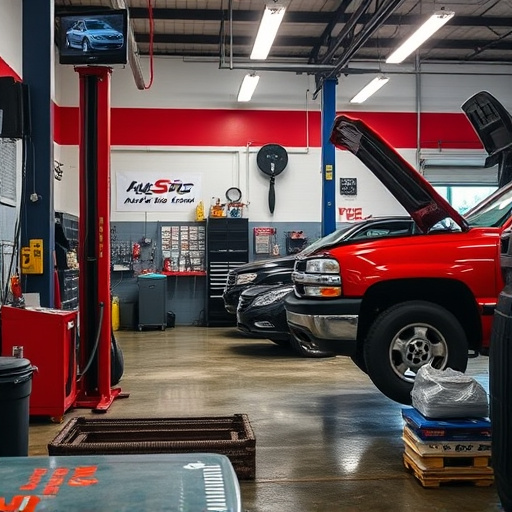
The automotive industry’s rapid technological advancements have significantly impacted the role of collision repair technicians. Modern vehicles are increasingly equipped with complex systems, from advanced driver-assistance systems (ADAS) to electric and hybrid powertrains. These evolving technologies require technicians to possess a diverse set of skills beyond traditional auto mechanics. Collision repair centers now demand expertise in areas such as computer-aided design (CAD), robotic welding, and the latest painting techniques to ensure precision and quality repairs.
As vehicles become more sophisticated, so do the expectations for collision repair. Technicians must stay abreast of these changes to meet the high standards set by auto manufacturers and customers alike. Staying current with industry trends and continuously upskilling are essential for collision repair technicians to remain competitive in this dynamic market, ensuring they deliver top-notch services at a collision center or auto collision center.
Strict Safety Standards and Regulations
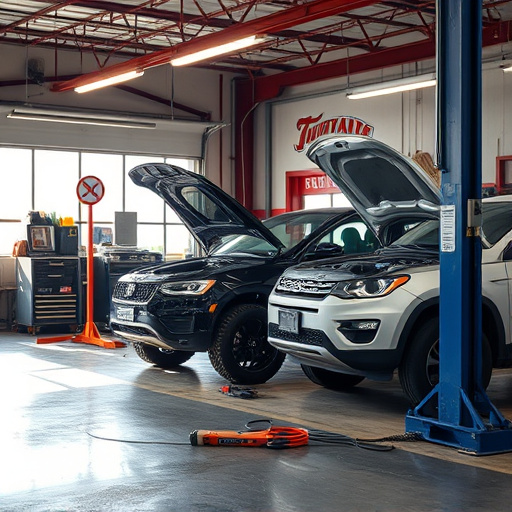
Collision repair technicians operate within a stringent web of safety standards and regulations, reflecting the growing complexity of modern vehicles and heightened public awareness. These guidelines, while essential for ensuring the well-being of both professionals and clients, present unique challenges. Technicians must stay abreast of ever-evolving safety protocols, often requiring specialized training and certification in areas such as hazard communication, personal protective equipment (PPE), and air quality control within the workplace.
The integration of advanced materials and sophisticated electronic systems in contemporary cars further complicates the picture. Collision repair centers are expected to invest in cutting-edge equipment and technologies capable of handling intricate car body repairs, precision paint matching, and restoration of complex computer networks. This constant need for adaptation and learning ensures that collision repair technicians remain at the forefront of both automotive repair and safety practices.
Balancing Customer Expectations and Time Constraints
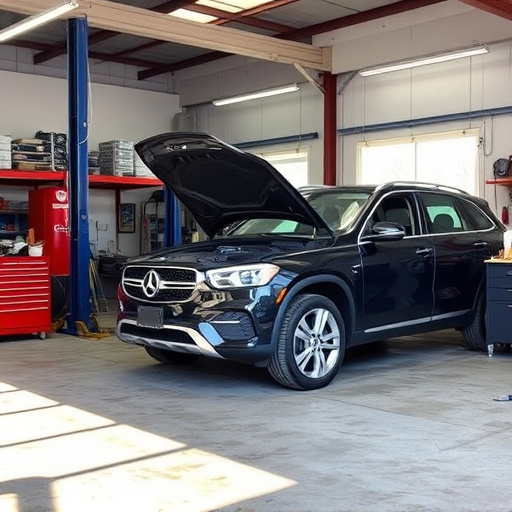
Collision repair technicians face a unique challenge when it comes to balancing customer expectations and time constraints. With modern vehicles featuring complex designs and advanced materials, repairs often take longer than anticipated. Customers expect quick turnarounds, especially with today’s fast-paced lifestyles. This pressure can be amplified by the demand for specialized services like dent removal and intricate body work, which require precision and skill. Collision repair technicians must adeptly manage time while ensuring each job is performed to the highest standard.
In a bustling vehicle body shop, every minute counts. Technicians need to efficiently navigate repairs, considering both the aesthetic and structural integrity of the car. Meeting customer expectations for timely car repair services can be a delicate balance. However, well-organized workshops with streamlined processes can help collision repair technicians deliver top-notch work while adhering to tight schedules.
Collision repair technicians face a unique set of challenges in today’s automotive landscape, from keeping up with evolving technologies and safety standards to managing customer expectations within time constraints. As the industry continues to advance, these professionals must adapt and hone their skills to deliver high-quality repairs efficiently. By staying informed about modern trends and maintaining a focus on safety, collision repair technicians can navigate these challenges successfully, ensuring they remain in demand in a competitive market.
